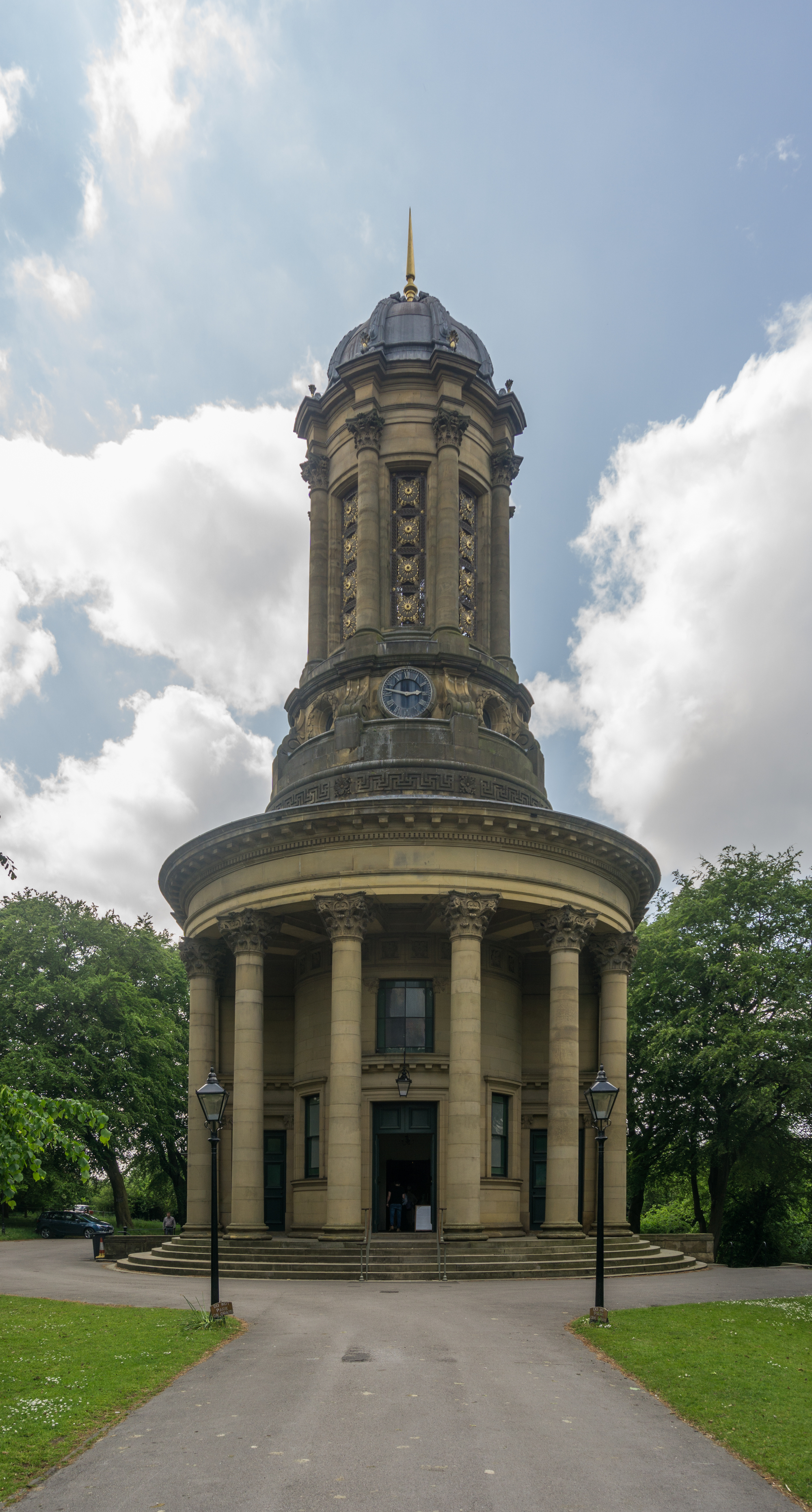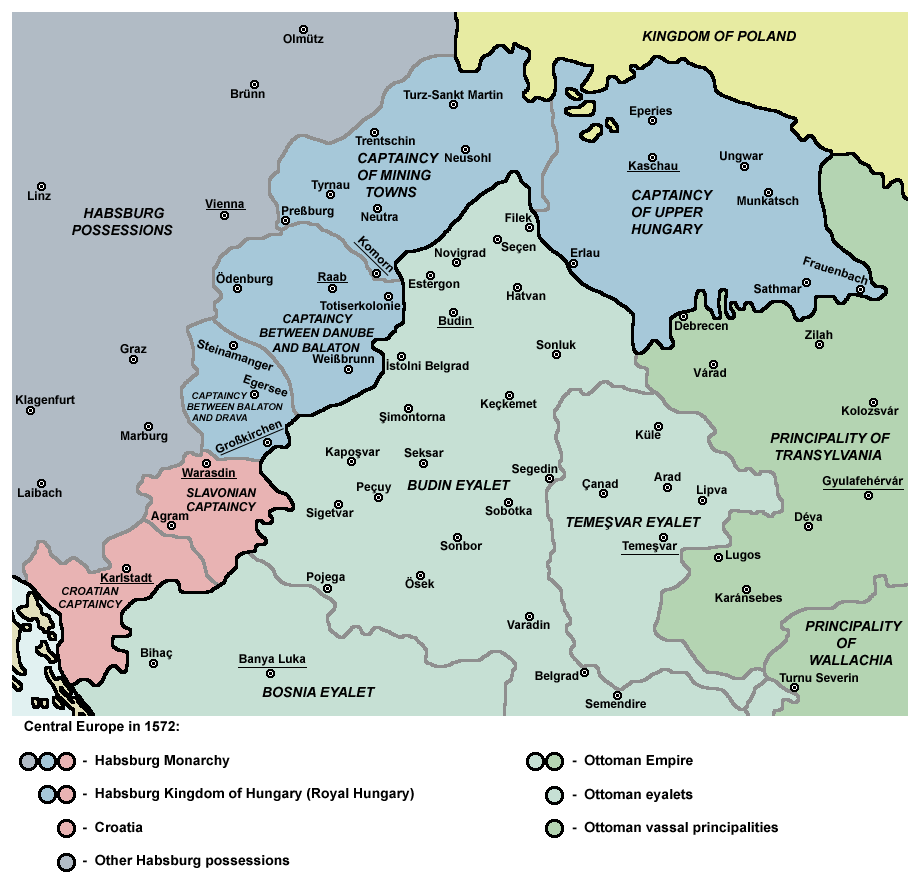|
Apaj
Apaj is a village in , Hungary. Location The village is in the neighbourhood of Kiskunság National Park and is from Budapest. Primary route 51 serves the village by road. The Budapest–Kelebia railway line’s station, Dömsöd is next to Apaj. The River Ráckeve-Duna is from the village. History The first mention of the village is in 1291 as . It was royal property for a while, but later it was owned by nuns who lived on Margaret Island. The Balassa family owned Apaj as well. In the 15th century there were two parts to Apaj: (Lower Apaj) and (Upper Apaj). During the Turkish rule of Ottoman Hungary the village suffered almost complete destruction, but from the 19th century the village was growing. At that time the village was called hu, Apajpuszta (Apaj Plain). After 1945 Apaj lost its title as a separate manor and it became part of Dömsöd, but thanks to the Kinskunsag State Farm it once again became an independent village in 1985. Apaj is famous of for ... [...More Info...] [...Related Items...] OR: [Wikipedia] [Google] [Baidu] |
Hungary
Hungary ( hu, Magyarország ) is a landlocked country in Central Europe. Spanning of the Carpathian Basin, it is bordered by Slovakia to the north, Ukraine to the northeast, Romania to the east and southeast, Serbia to the south, Croatia and Slovenia to the southwest, and Austria to the west. Hungary has a population of nearly 9 million, mostly ethnic Hungarians and a significant Romani minority. Hungarian, the official language, is the world's most widely spoken Uralic language and among the few non-Indo-European languages widely spoken in Europe. Budapest is the country's capital and largest city; other major urban areas include Debrecen, Szeged, Miskolc, Pécs, and Győr. The territory of present-day Hungary has for centuries been a crossroads for various peoples, including Celts, Romans, Germanic tribes, Huns, West Slavs and the Avars. The foundation of the Hungarian state was established in the late 9th century AD with the conquest of the Carpathian Basin by Hungar ... [...More Info...] [...Related Items...] OR: [Wikipedia] [Google] [Baidu] |
Dömsöd
Dömsöd is a village in Pest county, Hungary Hungary ( hu, Magyarország ) is a landlocked country in Central Europe. Spanning of the Carpathian Basin, it is bordered by Slovakia to the north, Ukraine to the northeast, Romania to the east and southeast, Serbia to the south, Croatia a .... References External links * in Hungarian Populated places in Pest County {{Pest-geo-stub ... [...More Info...] [...Related Items...] OR: [Wikipedia] [Google] [Baidu] |
United Reformed Church
The United Reformed Church (URC) is a Protestant Christian church in the United Kingdom. As of 2022 it has approximately 40,000 members in 1,284 congregations with 334 stipendiary ministers. Origins and history The United Reformed Church resulted from the 1972 union of the Presbyterian Church of England and the Congregational Church in England and Wales. In introducing the United Reformed Church Bill in the House of Commons on 21 June 1972, Alexander Lyon called it "one of the most historic measures in the history of the Christian churches in this country". About a quarter of English Congregational churches chose not to join the new denomination; in England, there are three main groups of continuing Congregationalists: the Congregational Federation, the Evangelical Fellowship of Congregational Churches and the Fellowship of Independent Evangelical Churches. The URC subsequently united with the Re-formed Association of Churches of Christ in 1981 and the Congregational Union of S ... [...More Info...] [...Related Items...] OR: [Wikipedia] [Google] [Baidu] |
Great Bustard
The great bustard (''Otis tarda'') is a bird in the bustard family, the only member of the genus ''Otis''. It breeds in open grasslands and farmland from northern Morocco, South and Central Europe, to temperate Central and East Asia. European populations are mainly resident, but Asian populations migrate farther south in winter. It has been listed as Vulnerable on the IUCN Red List since 1996. Portugal and Spain now have about 60% of the world's population. It became extinct in Great Britain when the last bird was shot in 1832. Recent attempts to reintroduce it into England have met with some success and there is a population of 40 birds on Salisbury Plain, a British Army training area. Here the lack of public access allows them the freedom needed as a large ground-nesting bird. Taxonomy and etymology The genus ''Otis'' was introduced in 1758 by the Swedish naturalist Carl Linnaeus in the tenth edition of his ''Systema Naturae''. Linnaeus placed four species in the genus but ... [...More Info...] [...Related Items...] OR: [Wikipedia] [Google] [Baidu] |
Horse Racing
Horse racing is an equestrian performance sport, typically involving two or more horses ridden by jockeys (or sometimes driven without riders) over a set distance for competition. It is one of the most ancient of all sports, as its basic premise – to identify which of two or more horses is the fastest over a set course or distance – has been mostly unchanged since at least classical antiquity. Horse races vary widely in format, and many countries have developed their own particular traditions around the sport. Variations include restricting races to particular breeds, running over obstacles, running over different distances, running on different track surfaces, and running in different gaits. In some races, horses are assigned different weights to carry to reflect differences in ability, a process known as handicapping. While horses are sometimes raced purely for sport, a major part of horse racing's interest and economic importance is in the gambling associated with ... [...More Info...] [...Related Items...] OR: [Wikipedia] [Google] [Baidu] |
Animal Husbandry
Animal husbandry is the branch of agriculture concerned with animals that are raised for meat, fibre, milk, or other products. It includes day-to-day care, selective breeding, and the raising of livestock. Husbandry has a long history, starting with the Neolithic Revolution when animals were first domesticated, from around 13,000 BC onwards, predating farming of the first crops. By the time of early civilisations such as ancient Egypt, cattle, sheep, goats, and pigs were being raised on farms. Major changes took place in the Columbian exchange, when Old World livestock were brought to the New World, and then in the British Agricultural Revolution of the 18th century, when livestock breeds like the Dishley Longhorn cattle and Lincoln Longwool sheep were rapidly improved by agriculturalists, such as Robert Bakewell, to yield more meat, milk, and wool. A wide range of other species, such as horse, water buffalo, llama, rabbit, and guinea pig, are used as livestock in some ... [...More Info...] [...Related Items...] OR: [Wikipedia] [Google] [Baidu] |
Cattle
Cattle (''Bos taurus'') are large, domesticated, cloven-hooved, herbivores. They are a prominent modern member of the subfamily Bovinae and the most widespread species of the genus ''Bos''. Adult females are referred to as cows and adult males are referred to as bulls. Cattle are commonly raised as livestock for meat (beef or veal, see beef cattle), for milk (see dairy cattle), and for hides, which are used to make leather. They are used as riding animals and draft animals ( oxen or bullocks, which pull carts, plows and other implements). Another product of cattle is their dung, which can be used to create manure or fuel. In some regions, such as parts of India, cattle have significant religious significance. Cattle, mostly small breeds such as the Miniature Zebu, are also kept as pets. Different types of cattle are common to different geographic areas. Taurine cattle are found primarily in Europe and temperate areas of Asia, the Americas, and Australia. Zebus (also ... [...More Info...] [...Related Items...] OR: [Wikipedia] [Google] [Baidu] |
Horse Breeding
Horse breeding is reproduction in horses, and particularly the human-directed process of selective breeding of animals, particularly purebred horses of a given breed. Planned matings can be used to produce specifically desired characteristics in domesticated horses. Furthermore, modern breeding management and technologies can increase the rate of conception, a healthy pregnancy, and successful foaling. Terminology The male parent of a horse, a stallion, is commonly known as the ''sire'' and the female parent, the mare, is called the ''dam''. Both are genetically important, as each parent genes can be existent with a 50% probability in the foal. Contrary to popular misuse, "colt" refers to a young male horse only; "filly" is a young female. Though many horse owners may simply breed a family mare to a local stallion in order to produce a companion animal, most professional breeders use selective breeding to produce individuals of a given phenotype, or breed. Alternatively, a ... [...More Info...] [...Related Items...] OR: [Wikipedia] [Google] [Baidu] |
Plain
In geography, a plain is a flat expanse of land that generally does not change much in elevation, and is primarily treeless. Plains occur as lowlands along valleys or at the base of mountains, as coastal plains, and as plateaus or uplands. In a valley, a plain is enclosed on two sides, but in other cases a plain may be delineated by a complete or partial ring of hills, by mountains, or by cliffs. Where a geological region contains more than one plain, they may be connected by a pass (sometimes termed a gap). Coastal plains mostly rise from sea level until they run into elevated features such as mountains or plateaus. Plains are one of the major landforms on earth, where they are present on all continents, and cover more than one-third of the world's land area. Plains can be formed from flowing lava; from deposition of sediment by water, ice, or wind; or formed by erosion by the agents from hills and mountains. Biomes on plains include grassland ( temperate or subtr ... [...More Info...] [...Related Items...] OR: [Wikipedia] [Google] [Baidu] |
Ottoman Hungary
Ottoman Hungary ( hu, Török hódoltság) was the southern and central parts of what had been the Kingdom of Hungary in the late medieval period, which were conquered and ruled by the Ottoman Empire from 1541 to 1699. The Ottoman rule covered almost the entire region of the Great Hungarian Plain (except the northeastern parts) and Southern Transdanubia. The territory was invaded and annexed to the Ottoman Empire by Sultan Suleiman the Magnificent between 1521 and 1541. The north-western rim of the Hungarian kingdom remained unconquered and recognised members of the House of Habsburg as Kings of Hungary, giving it the name " Royal Hungary". The boundary between the two thereupon became the frontline in the Ottoman–Habsburg wars over the next 150 years. Following the defeat of the Ottomans in the Great Turkish War, most of Ottoman Hungary was ceded to the Habsburgs under the Treaty of Karlowitz in 1699. During the period of Ottoman rule, Hungary was divided for administrati ... [...More Info...] [...Related Items...] OR: [Wikipedia] [Google] [Baidu] |
Margaret Island
Margaret Island ( hu, Margitsziget ; german: Margareteninsel; tr, Kızadası) is a long island, wide, ( in area) in the middle of the Danube in central Budapest, Hungary. The island is mostly covered by landscape parks, and is a popular recreational area. Its medieval ruins are reminders of its importance in the Middle Ages as a religious centre. The island spans the area between the ''Margaret Bridge'' (south) and the ''Árpád Bridge'' (north). Before the 14th century the island was called ''Insula leporum'' (Island of Rabbits). Administratively Margaret Island used to belong to the 13th district, but now is directly under the control of the city. Its appearance today was developed through the connection of three separate islands, the Festő (''Painter''), the Fürdő (''Bath'') and the Nyulak (''Rabbits''), during the end of the 19th century, to control the flow of the Danube. Originally, the island was 102.5 metres above sea level, but now has been built up to 104.85 metres ... [...More Info...] [...Related Items...] OR: [Wikipedia] [Google] [Baidu] |








